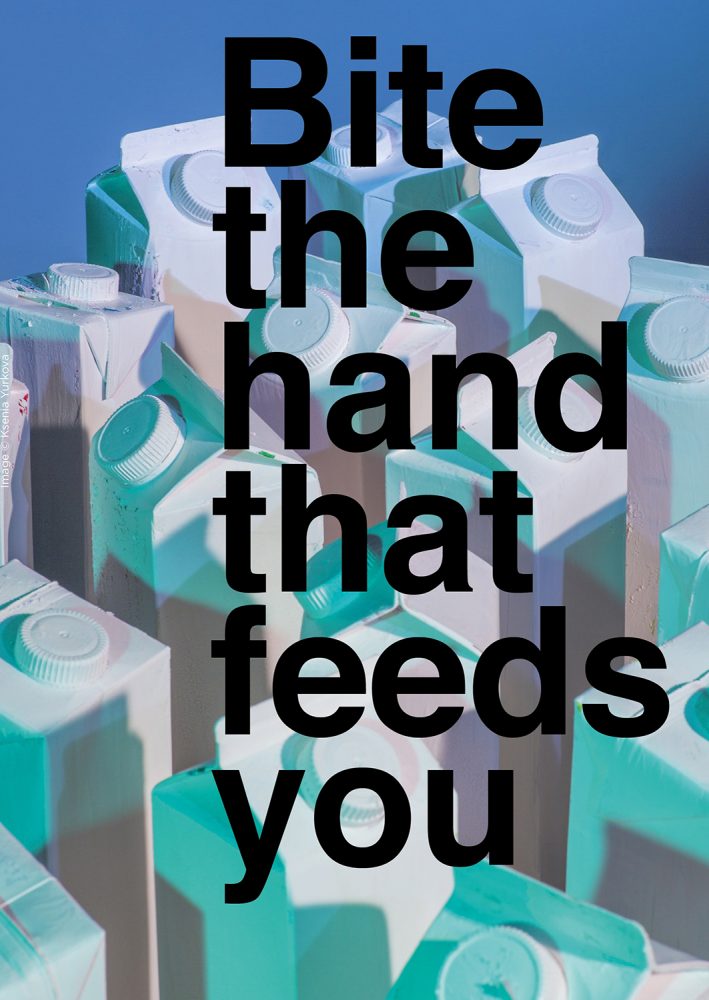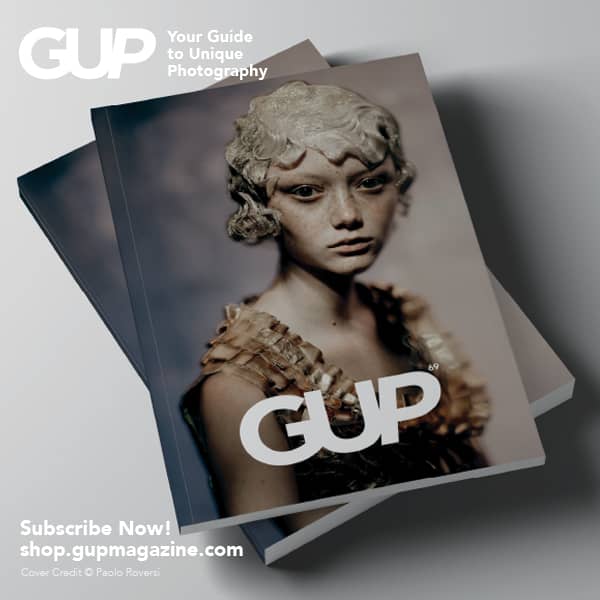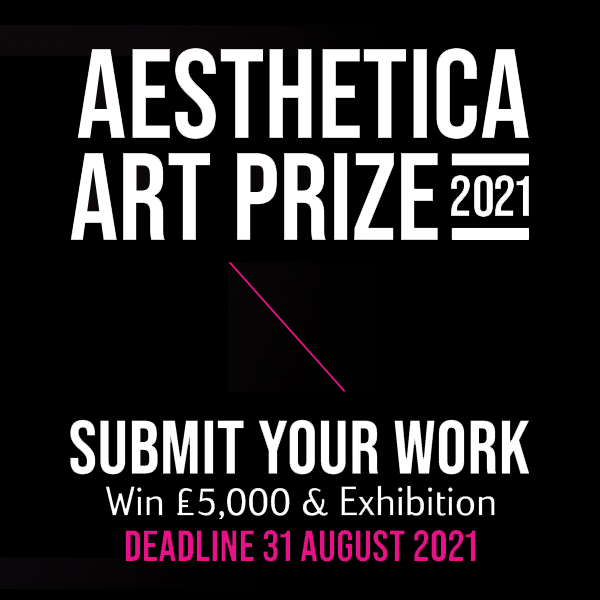Amanda Rice, Brian Duggan, Ciara Roche, David Thomas Smith, Doireann Ní Ghrioghair, Dorje de Burgh, Eileen Hutton, Evan Roth, Ingrid Burrington, James L. Hayes, Joana Moll, Julia Pallone, Julie Merriman, Kathy Tynan, Kerry Guinan, Mario Santander, Martin Boyle, Mieke Vanmechelen, Miriam O’Connor, Multiplay, Patricia Pisanelli, Paul O’Neill & Ann Kiernan, Pip Thornton, Sara Baume, Sarah Grant, Sinéad Ní Mhaonaigh, Tega Brain & Julian Oliver, Tinka Bechert, Treasa O’Brien, Vladan Joler & Kate Crawford, Vukašin Nedeljković
Featured Exhibitions
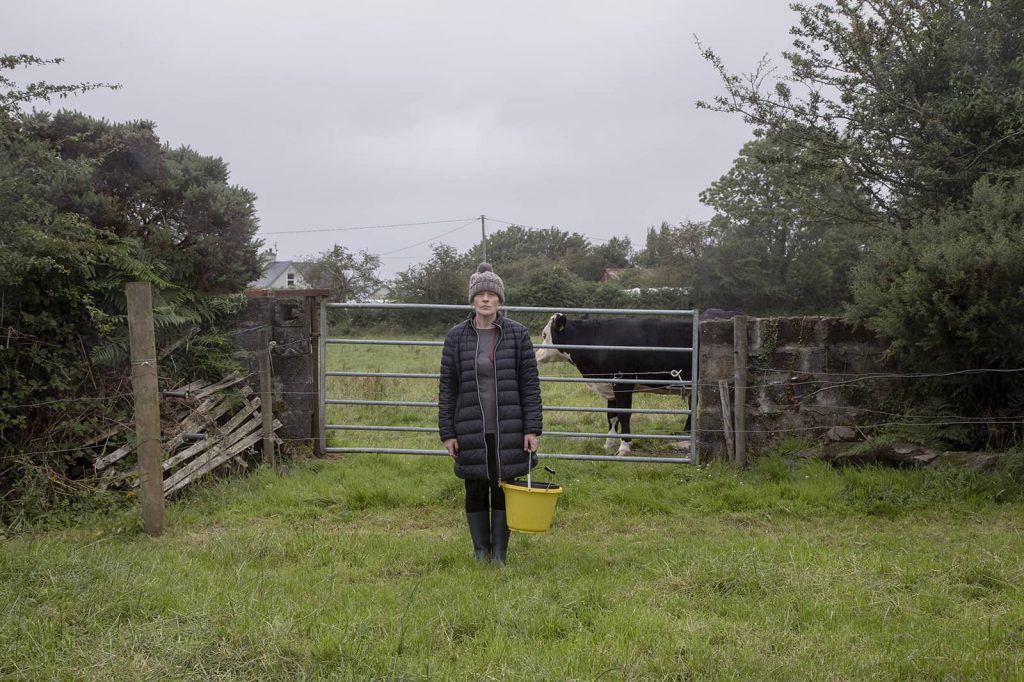
With Featured Exhibitions, we aim to highlight and celebrate the work of fellow organisations who work hard year-round at promoting Photography within the context of their own programmes. This year, we visit The Glucksman in County Cork, featuring work on the critical topic of HOME, housing, and belonging, with work from Kerry Guinan and Mieke Vanmichelen amongst other contemporary Irish artists. While SYSTEMS at the forever-exciting Science Gallery brings us a paper exhibition, artists including Vukašin Nedeljkovich and David Thomas Smith. We wish to highlight the exhibition of Dorje de Burgh, How to Kill Something That Doesn’t Exist — a speculative introduction to a new body of work developed while on a residency in the ever-productive programme of The Darkroom. Last, but never least, is Miriam O’Connor’s solo exhibition at the RHA, Tomorrow is Sunday, reflecting on the day-to-day demand of a farming life, while questioning photography’s ability to process the magnitude of a loss.
Image: Miriam O’Connor, Tomorrow is Sunday
Featured Exhibitions
11 May-31 Oct — HOME
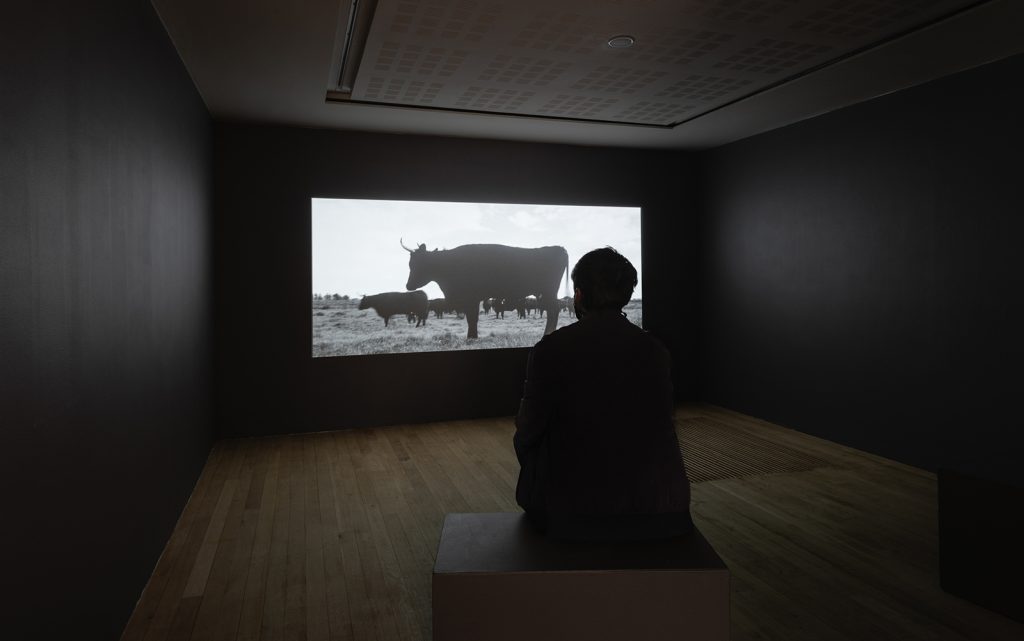 Mieke Vanmechelen’s installation, photo by Jed Niezgoda
Mieke Vanmechelen’s installation, photo by Jed Niezgoda
Running 11 May-31 October
At The Glucksman, University College Cork, T12 V1WH
Opening Hours Tue-Sat 10am-5pm | Sun 2-5pm
Artists Amanda Rice, Brian Duggan, Ciara Roche, Doireann Ní Ghrioghair, Eileen Hutton, James L. Hayes, Julia Pallone, Julie Merriman, Kathy Tynan, Kerry Guinan, Martin Boyle, Mieke Vanmechelen, Sara Baume, Sinéad Ní Mhaonaigh, Tinka Bechert, and Treasa O’Brien
Curated by Chris Clarke and Fiona Kearney
From critical issues such as housing and the climate crisis, to immigration, multiculturalism and the changing perception of Ireland on the global stage, where and how we live shapes our understanding of who we are. The Glucksman invited artists from across the island of Ireland to propose works for HOME: Being and belonging in contemporary Ireland that explored ideas of residency, placemaking, identity, and nationhood, and specifically to consider Irish President Michael D. Higgins’ address to the UN General Assembly on 25 September 2019, that “we have a deep sense, from our own experiences, of the centrality of national identity and a sense of belonging, and how this persists through decades and centuries.”
The COVID-19 pandemic confined most of us to our places of residence for an unprecedented period, and now as we return to the public realm and a shared sense of place, the sixteen artists selected for this exhibition provide a timely reflection on questions of being and belonging in contemporary Ireland.
These artists presented in HOME were selected by curators Chris Clarke and Fiona Kearney from 267 proposals. Their work represents a huge diversity in cultural thinking about ideas of home, even through the specific lens of Irish identity. The plurality of perspectives in this exhibition suggests multiple modes of being, as well as the joy and challenge of belonging in contemporary Irish society.
Ireland’s status as an increasingly globalised society, where historical trends of outward migration have been slowly, gradually balanced by newcomers from different cultures and contexts, is explored in several works in HOME. Belfast-based artist Martin Boyle’s kinetic installation confronts the viewer with shimmering fragments of golden foil, with each individual component powered by a small motor that enables it to slowly rotate. Made from a single reflective survival blanket and cut into pieces, these sections are splayed across the gallery wall, floating in space, perpetually spinning in circles. Amanda Rice’s installation of photography and film explores textile industries in the west of Ireland, and specifically Western Hats Ltd., which operated from 1942 to 1981, and served as a workplace and community for Jewish exiles. Treasa O’Brien’s film The Blow-In, made in the small town of Gort in the west of Ireland, questions what it means to be ‘at home,’ and how such issues remain ever pertinent in the context of rising nationalism and the closing of borders within the European Union. Sara Baume’s installation of 100 small house-like objects, made from carved and painted modelling plaster, are informed by the iconic Irish cottage souvenir and address the changing demographic landscape of Ireland.
The evolution of the natural landscape of Ireland and the effects of climate change are addressed in Brian Duggan’s installation of working air filters accompanied by datasheets recording the atmospheric pollution from sites across Ireland. Eileen Hutton’s outdoor installation of wooden nesting boxes, situated in the canopy of trees surrounding the Glucksman, explores the invisible relationships that exist within given places, between human beings, animals, and plant life. Mieke Vanmechelen spent a year working closely with local farmers and their livestock and, in her film, she captures the Kerry cow in austere black and white, grazing in fields of gray mist and fog, herded into barns for milking. The oldest breed of cow in Europe and present in Ireland since Neolithic times, Kerry cows are in danger of dying out.
How the country represents itself — to other nations, other peoples, as well as to its own citizens — is the subject of works by a number of artists in Home. Doireann Ní Ghrioghair’s sculptural installation draws on the historical figure of the fascist architect Daithí Ó hÁinle, through architectural 3-D printed models and vinyl text that re-imagine his proposals for buildings. Tinka Bechert’s New Flags counters the staid values of nationalism, proposing a symbol for emergent communities aligned by political leanings, economic opportunities, and gendered experiences. Kerry Guinan’s photographs document the extremities of the housing market, portraying the lowest (€900 per acre) and highest (€5,000,000 per acre) priced plots of land for sale in Ireland during the housing crisis in December 2018, while Julie Merriman‘s tactile, mimeograph drawings explore the suitability of existing buildings for domestic occupation.
The home is where we live, the places and people who surround us, and the sense of belonging that makes us feel ‘at home.’ Julia Pallone’s photographs explore notions of shelter and protection, documenting the plaster animal statues found outside the gates of bungalows and cottages. Ciara Roche’s works draw on her recent experiences in Sydney, Australia, capturing sites of personal significance, from The Palace, a hotel where she made her first Australian friends, to the Breakfast Café where she would have her morning coffee. Sinead Ni Mhaonaigh’s large painting Teorainn no.6 (translated as boundary or border) depicts a barn-like structure, in bright red brushstrokes and black outlines, against a field of wavering horizontal stripes in alternating green and grey, while James L. Hayes’ grid of white panels presents repeated plaster casts of the reverse side of a canvas. The original painting was made by the artist’s late father in the 1970s and depicted his native homeland of West Waterford and the Comeragh mountains, a ‘classical’ Irish landscape that captured his nostalgia for the land he emigrated from in the 1940s. Kathy Tynan makes paintings, which reveal the intimacies of everyday urban life in inner-city Dublin. Her playful, vivid canvases capture the city’s rapidly changing landscape and the subtle, offbeat histories that are in the process of disappearing.
HOME: Being and belonging in contemporary Ireland marks the concluding instalment of a trilogy of exhibitions presented at the Glucksman to mark the Decade of Commemorations through contemporary Irish art. While the exhibitions 2116: Forecast of the next century considered visions of the future ahead and The Parted Veil: Commemoration in photographic practices reflected on how we remember the past, this final show brings viewers back to the present to explore concepts of being and belonging in contemporary Ireland.
7 Jul-30 Aug — SYSTEMS
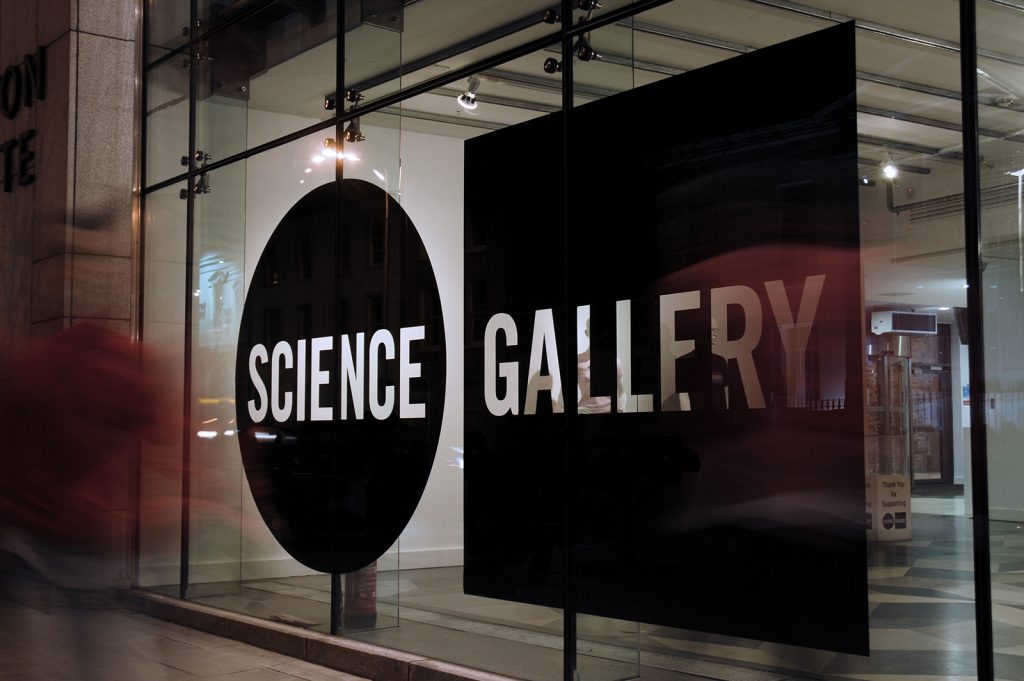 Running 7 July-31 August
Running 7 July-31 August
At Online and in print from the Science Gallery Dublin
Artists David Thomas Smith, Evan Roth, Ingrid Burrington, Joana Moll, Mario Santander, Multiplay, Patricia Pisanelli, Paul O’Neill & Ann Kiernan, Pip Thornton, Sarah Grant, Tega Brain & Julian Oliver, Vladan Joler & Kate Crawford, and Vukašin Nedeljković
With their doors closed by COVID19, Science Gallery Dublin have been working behind the scenes to create their very first paper exhibition – SYSTEMS is a limited edition publication featuring artwork and reflections on the hidden systems that surround us, and our increased dependency on technology and automation. Available to purchase online and at select outlets across Ireland, this unique publication acts as a primer for Science Gallery Dublin’s upcoming 50th exhibition, BIAS – launching in September and exploring AI, ethics, trust and justice.
13-22 Jul — How to Kill Something That Doesn't Exist
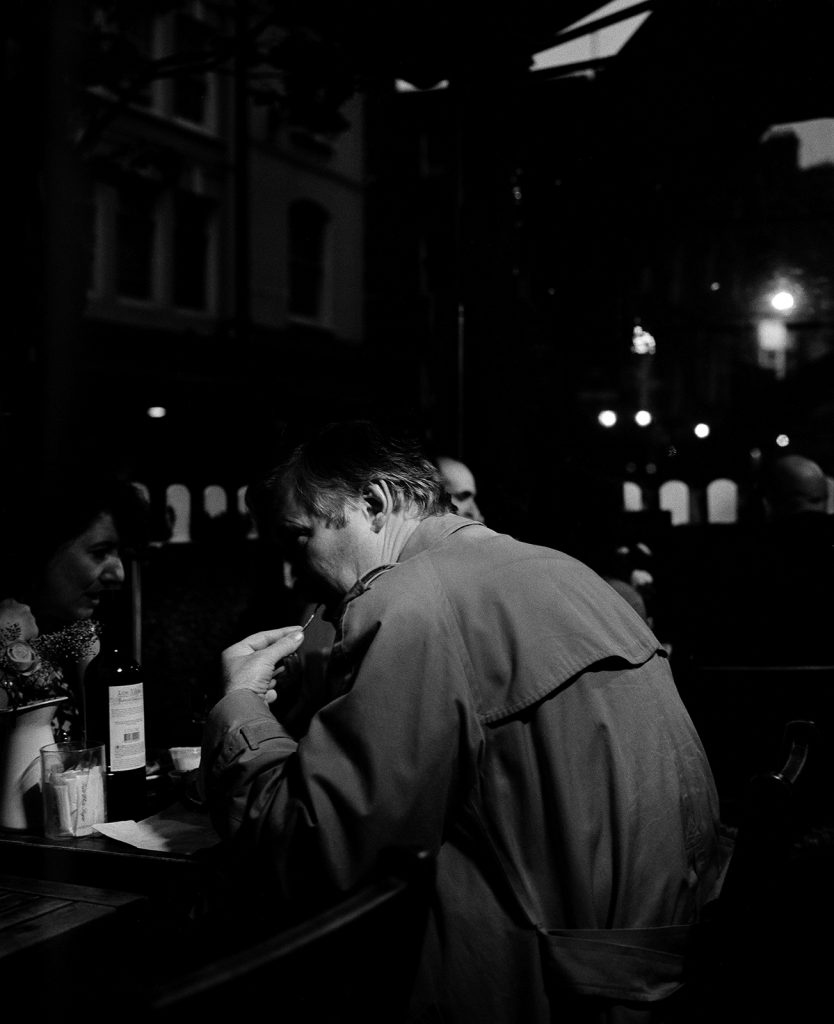 Running 13-22 July
Running 13-22 July
At The Darkroom, 32 North Brunswick Street, Dublin 7
Opening Hours Mon-Fri 10am-6pm | Sat 11am-5pm
Artist Dorje de Burgh
Since the self, in maintaining its isolation and detachment does not commit itself to a creative relationship with the other and is preoccupied with the figures of phantasies, thought, memories, etc. (imagos), which cannot be directly observable by or directly expressed to others, anything (in a sense) is possible. -RD Laing
How can you just leave me standing / Alone in a world that’s so cold? -Prince
How To Kill Something That Doesn’t Exist is a speculative introduction to a body of work about a person the artist never knew and who — through various barriers of personae, illness, fraud, absence and the undifferentiated impossibility of integration — probably never will.
About the Artist
Dorje de Burgh is a Dublin-born and based photographic artist. His most recent work, Dream the End – concerned with photography’s relationship to trauma, memory, meaning and death in our era of simulacral dematerialisation – led to his selection for the FUTURES European photographic mentorship program and his first solo exhibition in the Mermaid Arts Centre in December 2019. This work was also shortlisted by Void Athens and FotoRoom in their photobook series publishing award, presented at Unseen Amsterdam and selected for inclusion in the Pallas Projects Periodical Review survey of Irish art 2019.
It was most recently exhibited internationally in The Science of Grief, an online symposium in response to the Covid-19 crisis produced in collaboration with writer Molly Hennigan, The Science Gallery Atlanta, The Science Gallery Detroit and The Science Gallery Dublin. Dorje is currently a moving image artist-in-residence at The Darkroom, Dublin, and a recipient of the Arts Council of Ireland Next Generation Award for 2020/21.
19 Jul-28 Aug — Tomorrow is Sunday
 Running 19 July-28 August
Running 19 July-28 August
At RHA Gallery, 15 Ely Place, D02 A213, Dublin
Opening Hours Mon-Tue 11am-5pm | Wed 11am-8pm | Thu-Sat 11am-5pm | Sun 12-5pm
Artist Miriam O’Connor
Tomorrow is Sunday is a project which engages with O’Connor’s return to the family farm following the death of her brother in 2013. Up until this point, her brother had thoughtfully managed the farm for almost three decades, and the task of keeping things going was then conferred to O’Connor and her sister. The project utilises photographs, texts, logbooks and inventories which have been developed over this intervening period. Through these diverse approaches, the work reflects on the day-to-day demands of farming life and questions photography’s ability to communicate the magnitude of grief and this life-changing event.
Artist Talk
5-6pm 28 July
Online
Join this conversation on Zoom with exhibiting artist and photographer Miriam O’Connor, with RHA exhibitions Curator Ruth Carroll. Miriam and Ruth will be discussing Miriam’s exhibition Tomorrow is Sunday, a project which engages with O’Connor’s return to the family farm following the death of her brother in 2013.
Part of the Ashford In-Conversation series that happen around the RHA’s Ashford Gallery exhibition programme.
About the Artist
Miriam O’Connor is from Cork and was educated at Technological University, Dublin and later completed a Research Masters at Dun Laoghaire Institute of Art Design & Technology, Dublin. In her practice she draws inspiration from the sights, sounds and language of everyday life. She is curious about the multifaceted roles photography occupies in culture and the manner in which this persuasive medium permeates the way we engage with the world around us. Rather than providing answers, O’Connor positions photography as a tool for posing questions, a playful medium that commands its own attention and analysis. Using photographs, text and printed matter, her projects have explored themes around looking and seeing; the relationship between camera and subject and the complex nature of photographic representation. Following her relocation to the family farm in recent years, O’Connor now occupies a dual role of farmer and photographer, where she is interested in engaging with the elasticity of the medium throughout everyday agricultural life.
She is supported by the Arts Council of Ireland, Cork County Council, Visual Artists Ireland and Culture Ireland. Her work is held in public collections including, Arts Council of Ireland, Limerick City Gallery of Art and the Office of Public Works.
AVAILABLE TO PRE-ORDER NOW
FOR RELEASE IN SEPTEMBER
Published on the occasion of the twelfth edition of PhotoIreland Festival, this limited edition publication will present a record and reflection of the month-long programme of events. In addition, readers will find exclusive texts and work, expanding on the conversations had during the festival. We invited a number of contributors to reflect on the theme of the festival and some of the artists presented.

